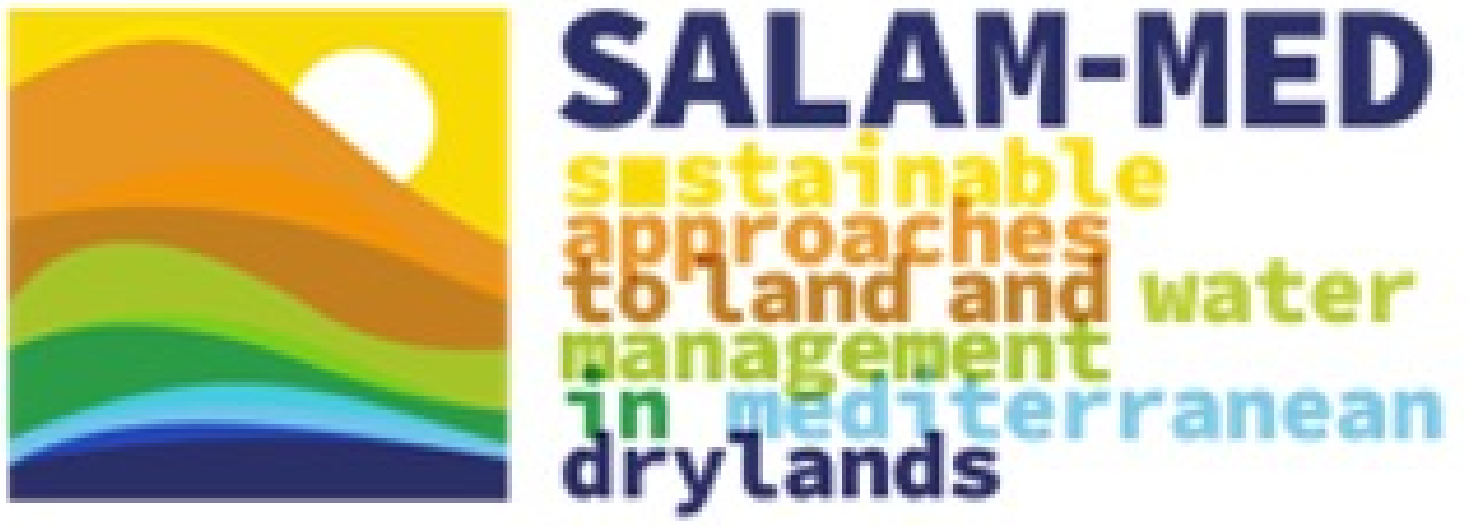Technologies
SALAM-MED is focused on the process of adoption of identified technologies, management practices and practical solutions for the increased resilience of Mediterranean socio-ecosystems threatened by land and water degradation and for the recovery of degraded lands. Identification, testing, upscaling and validation of new “nature-based” technologies, management practices and monitoring solutions can effectively improve soil-plant-water interactions across MED dryland hotspots.
The analysis of the costs and benefits of these solutions and their scalability to similar situations in the MED region is how the SALAM-MED project aims to bridge the gap for the market-wide adoption of these new technologies in order to increase the resilience of MED socio-ecosystems.
The analysis of the costs and benefits of these solutions and their scalability to similar situations in the MED region is how the SALAM-MED project aims to bridge the gap for the market-wide adoption of these new technologies in order to increase the resilience of MED socio-ecosystems.
Index
Index 1
Workers needed: technical competencies needed, highly skilled workers are needed to make the technological solution work
Index 2
Ease of use: a long period of learning is required to use the technological solution
Index 3
Adaptability: it will not require too much time to be applied
Index 4
Effectiveness: The solution address the challenge / problem
Index 5
Reliability: The innovation is stable enough that no further changes need to be made in the future
Index 6
Cost: Perceived investment needed for the implementation of the innovation is high
Index 7
Greenhouse emissions: impact of technology on greenhouse emissions
Index 8
Water availability: the impact of technology on water availability
Index 9
Water quality: the impact of technology on water quality
